What is the Most Common Type of Residential Roof?
When it comes time for a roof replacement, one of the first decisions you’ll have to make is choosing the right shingles for your new roof. However,...
While it’s easy to recognize a roof by its shingles and other exterior components, most homeowners aren’t familiar with what lies underneath. Your roof features several different layers that all work together to form a complete roofing system. While every layer is required for a healthy roof, one of the most crucial is roof underlayment.
On average, the team here at On Tops Roofing works on over 900 roofs per year. Whether it be a roof replacement, repairs, skylight installation, or roof maintenance, we want to make sure our homeowners understand every part of their roofing experience. That’s why we came up with this list of everything you need to know about roof underlayment.
In this blog, we'll be going over:
Alright, let’s get into it!
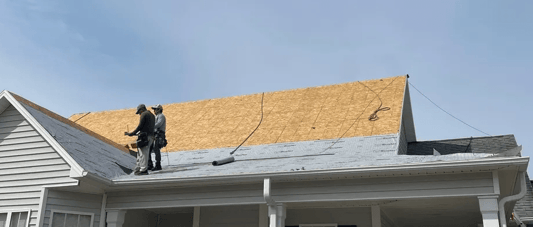
Roofing underlayment is a waterproof or water-resistant material laid directly on a roof deck before any other roofing materials are installed. It acts as a barrier that protects your home and the roof deck from leaks and the effects of harsh weather, and prevents tar from the shingles from coming into contact with and breaking down the roof deck.
If you want the safest, most water-resistant roof, be sure to include underlayment in your installation. Preventing water infiltration before it becomes a leak is always easier than dealing with costly repairs or damage.
There are three different types of underlayment, some of which are more ideal for certain roofing systems.
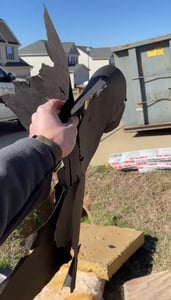 Commonly known as “tar paper” or “felt paper,” asphalt-saturated felt is crafted with a blend of asphalt, polyester, and plant fibers. It features a flexible base that is coated with asphalt for increased water resistance.
Commonly known as “tar paper” or “felt paper,” asphalt-saturated felt is crafted with a blend of asphalt, polyester, and plant fibers. It features a flexible base that is coated with asphalt for increased water resistance.
Asphalt-saturated felt is often attached to the roof with staples. While it is water-resistant, it isn’t waterproof. It works well on steeply sloped roofs where water easily flows down into the gutters, but it shouldn’t be used on low-slope roofs where water is more likely to pool and infiltrate the underlayment. Felt is cheaper, but doesn't lay quite as flat as some of the more expensive options which can affect how the shingles lay on the roof. It’s also not quite as durable, which can be a bit of an obstacle during the roofing process, as the installers walk around on the roof, and may tear through the underlayment with a too heavy of a step.
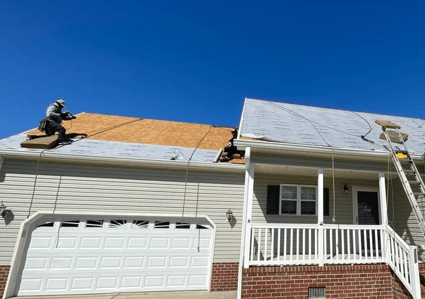
Most professional roofers prefer working with synthetic underlayment. This underlayment features a synthetic base that is saturated in asphalt and then coated with fiberglass to make it extra stable and resistant to tears.
Some types of synthetic underlayment are reinforced with a coarse woven material for added slip resistance. It is also highly flexible, waterproof, durable, resistant to UV rays and mold, and helps the roof breathe better than felt paper.
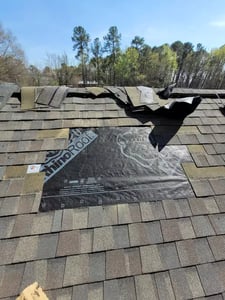 While this is one of the more expensive types of underlayment, it provides the most protection. Rubberized asphalt underlayment contains rubber and asphalt polymers that work to make it extra waterproof. For this reason it is often used on low slope roofs, and in valleys, around penetrations, and in other areas where water damage is a concern.
While this is one of the more expensive types of underlayment, it provides the most protection. Rubberized asphalt underlayment contains rubber and asphalt polymers that work to make it extra waterproof. For this reason it is often used on low slope roofs, and in valleys, around penetrations, and in other areas where water damage is a concern.
Rubberized underlayment usually features a sticky backing with a protective layer that gets removed before installation; this backing helps to create a watertight seal between your roof deck and the underlayment. It is self-adhesive, flexible, and UV-resistant, making it an excellent option for roofs in climates with extreme temperatures.
Shingles alone cannot protect your roof from all of the elements that it is going to face throughout its years. Underlayment and other vital roofing materials are required to help your roof stand the test of time. For a better idea of how underlayment protects your roof, here are some of its key benefits:
Wind-driven snow and rain can trap water under your shingles, exposing your roof deck and the interior of your home to moisture damage, leaks, mold, and rot. Underlayment provides an additional layer of protection that your shingles just can’t offer.
Your shingles are your roof’s first line of defense against wind, UV rays, and water penetration. Since shingles overlap, they’re prone to lift when hit by strong winds, making them vulnerable to blow-off and water intrusion.
If a major storm breaks your shingles loose, you can count on underlayment to keep snow, ice, and rain from penetrating the roof deck and entering your home.
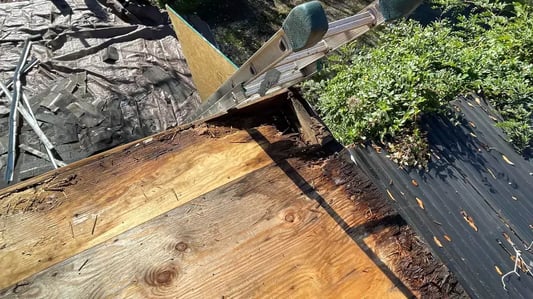
If you live in a snowy climate, your roof is at risk of forming ice dams. Ice dams typically happen when warm air hits the roof deck and causes snow to melt. If melted snow runs down your roof, it can refreeze over your roof’s perimeter and form ice dams.
When snow or ice on your roof melts, the water can seep into any openings in the ceiling, causing leaks, water damage, and mold. The water-resistant underlayment will seal around the frame and ensure the water drains off the roof.
Now that you know what underlayment is and how vital it is for your home’s protection, you may be wondering how you can make sure you get high-quality underlayment installed during your roof replacement.
It only makes sense to hire a high-quality, reputable roofing contractor if you want your underlayment properly installed. But how can you find the right roofer for the job? What qualifications should you look for during your hiring process? Is there any way to avoid working with an untrustworthy contractor?
You aren’t the only homeowner to have asked these questions. That’s why we came up with this list of five tips you can follow to find the best contractor for your roofing project. You can also learn more about how to avoid working with a shady roofing contractor here.
On Tops Roofing has been working in the Raleigh area for over 30 years, so we’ve got the experience to handle every roofing project! Whatever your roofing needs are, we’re on it!
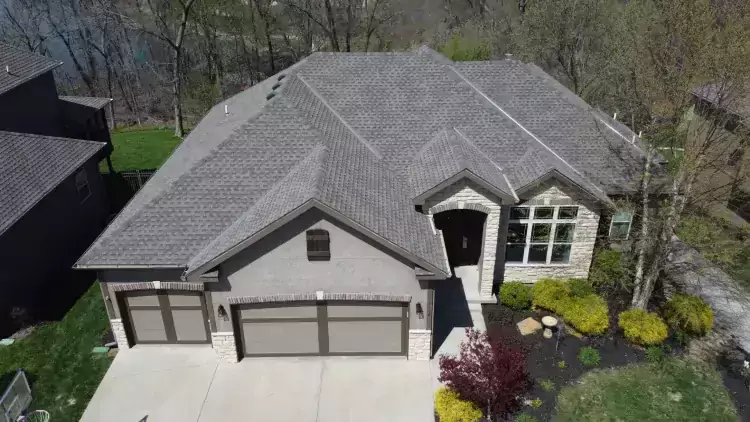
When it comes time for a roof replacement, one of the first decisions you’ll have to make is choosing the right shingles for your new roof. However,...

When it comes time for a roof replacement, the number one thing most homeowners are concerned about is price. The shingles you choose for your new...
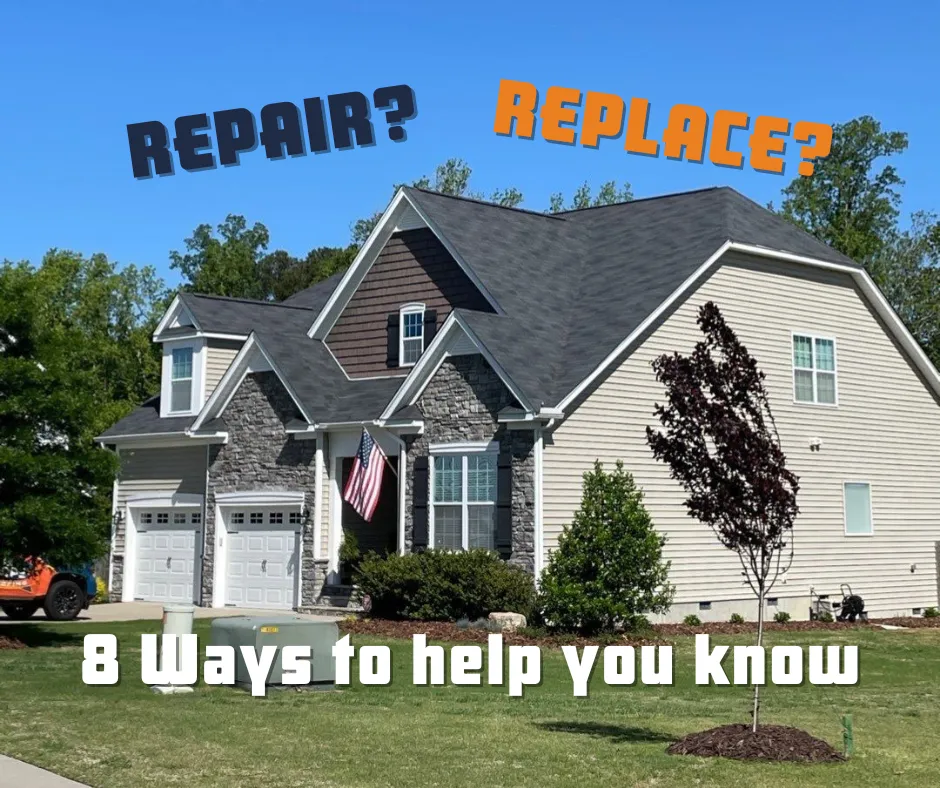
Your home is a place where you find comfort and peace. And when it comes to protecting your home from the elements and enhancing its overall appeal,...